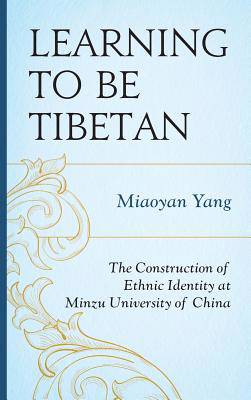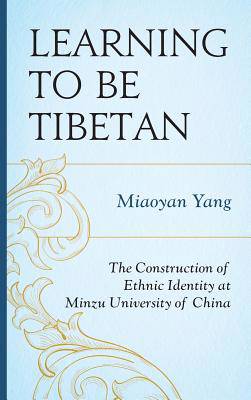
- Retrait gratuit dans votre magasin Club
- 7.000.000 titres dans notre catalogue
- Payer en toute sécurité
- Toujours un magasin près de chez vous
- Retrait gratuit dans votre magasin Club
- 7.000.0000 titres dans notre catalogue
- Payer en toute sécurité
- Toujours un magasin près de chez vous
Learning to Be Tibetan
The Construction of Ethnic Identity at Minzu University of China
Miaoyan Yang
218,45 €
+ 436 points
Description
This study examines the role of Chinese state schooling in the construction of Tibetan ethnic identity. Based on ethnographic research at Minzu University, it analyzes various patterns of ethnic identification among students and investigates the ways in which minority education in China functions to cultivate ideological loyalty to the state.
Spécifications
Parties prenantes
- Auteur(s) :
- Editeur:
Contenu
- Nombre de pages :
- 286
- Langue:
- Anglais
- Collection :
Caractéristiques
- EAN:
- 9781498544634
- Date de parution :
- 17-03-17
- Format:
- Livre relié
- Format numérique:
- Genaaid
- Dimensions :
- 155 mm x 231 mm
- Poids :
- 616 g

Les avis
Nous publions uniquement les avis qui respectent les conditions requises. Consultez nos conditions pour les avis.






